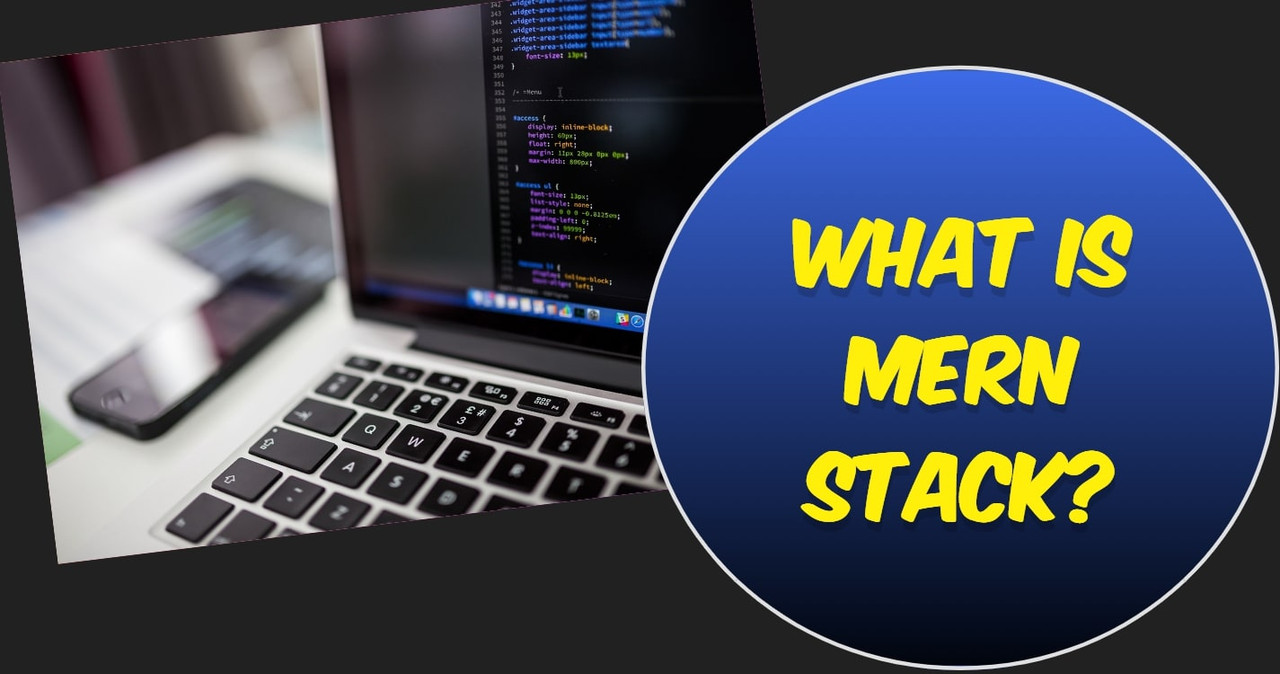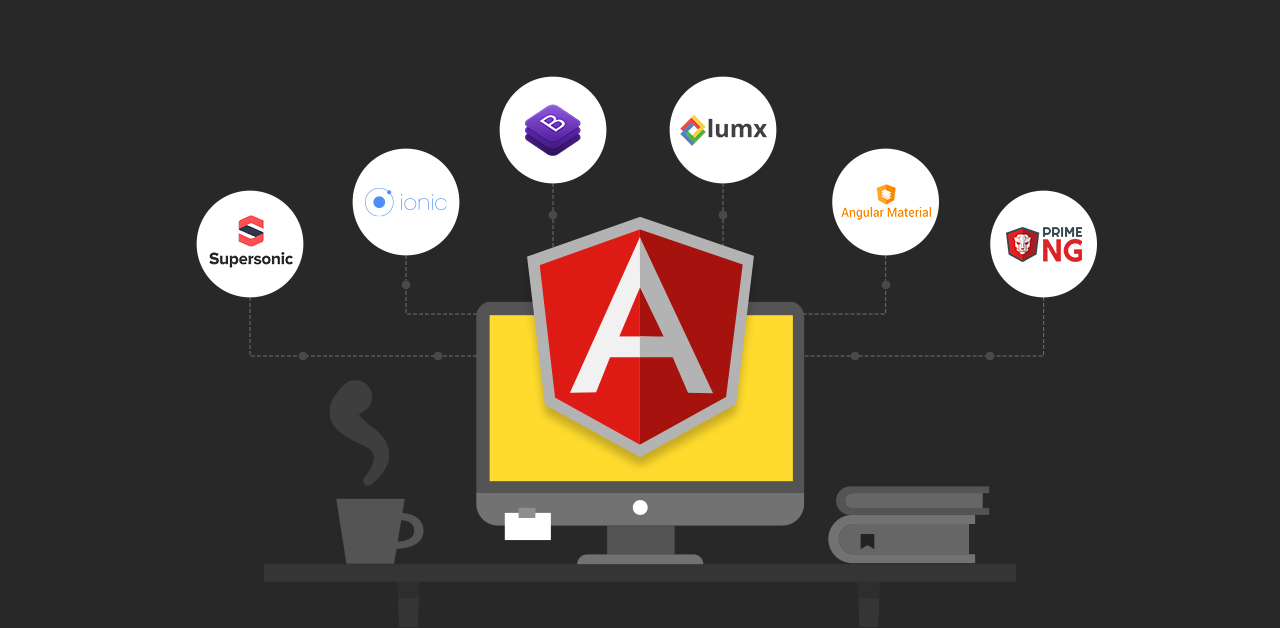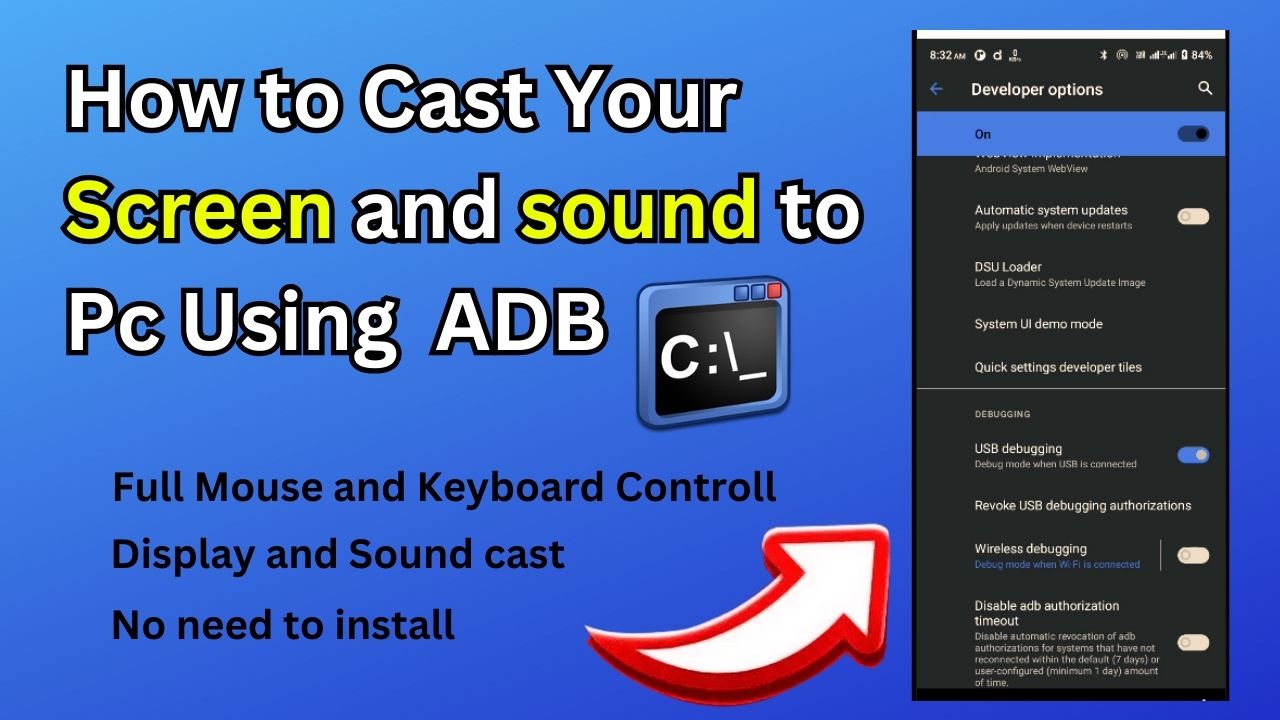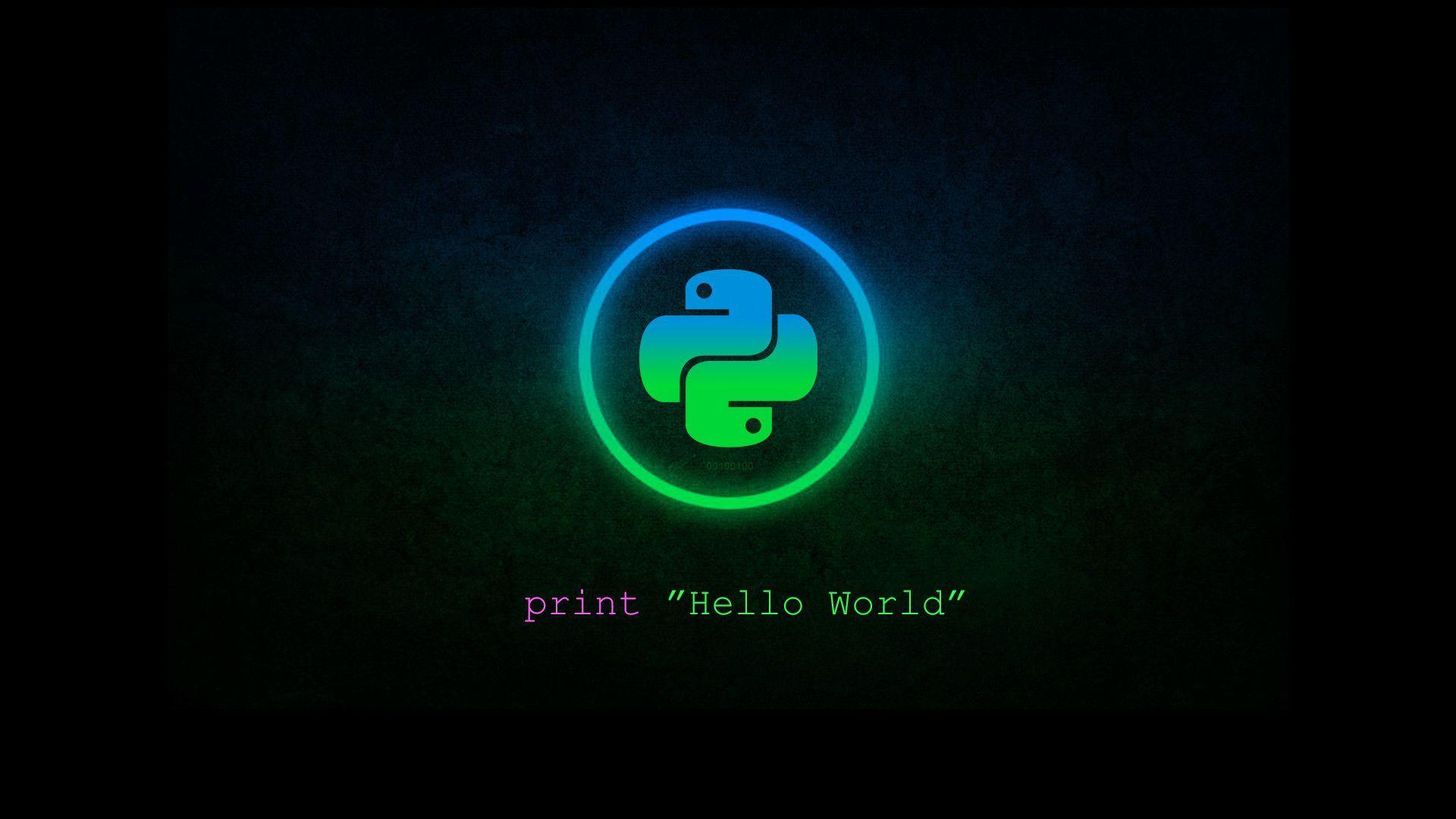
#3 - Linked Lists - Data Structures and Algorithms using C++ | Akash Vishwakarma
Introduction to Linked Lists
A linked list is a fundamental data structure that consists of a sequence of elements, where each element points to the next element in the sequence. Unlike arrays, linked lists don't store elements in contiguous memory locations, making them more flexible for dynamic data management.
Key Advantages of Linked Lists:
- Dynamic size - can grow or shrink during runtime
- Efficient insertion and deletion at the beginning
- Flexible memory allocation
- No memory wastage as size can be adjusted
Types of Linked Lists
1. Singly Linked List
A singly linked list is the simplest type of linked list where each node contains data and a pointer to the next node in the sequence. The last node points to NULL.
class Node {
int data;
Node next;
Node(int data) {
this.data = data;
this.next = null;
}
}2. Doubly Linked List
In a doubly linked list, each node contains data and two pointers - one pointing to the next node and another pointing to the previous node. This allows for bidirectional traversal.
class DoublyNode {
int data;
DoublyNode next;
DoublyNode prev;
DoublyNode(int data) {
this.data = data;
this.next = null;
this.prev = null;
}
}3. Circular Linked List
A circular linked list is a variation where the last node points back to the first node, creating a circle. It can be either singly or doubly circular.
Essential Operations
Reversing a Linked List
Reversing a linked list is a fundamental operation that can be performed either iteratively or recursively.
Node reverseList(Node head) {
Node prev = null;
Node current = head;
Node next = null;
while (current != null) {
next = current.next;
current.next = prev;
prev = current;
current = next;
}
return prev;
}Floyd's Cycle Detection Algorithm
Also known as the "tortoise and hare" algorithm, this method detects cycles in a linked list using two pointers moving at different speeds.
boolean hasCycle(Node head) {
if (head == null) return false;
Node slow = head;
Node fast = head;
while (fast != null && fast.next != null) {
slow = slow.next;
fast = fast.next.next;
if (slow == fast) return true;
}
return false;
}Merging Sorted Lists
Merging two sorted linked lists while maintaining the sort order is a common operation.
Node mergeSortedLists(Node l1, Node l2) {
Node dummy = new Node(0);
Node current = dummy;
while (l1 != null && l2 != null) {
if (l1.data <= l2.data) {
current.next = l1;
l1 = l1.next;
} else {
current.next = l2;
l2 = l2.next;
}
current = current.next;
}
if (l1 != null) current.next = l1;
if (l2 != null) current.next = l2;
return dummy.next;
}Common Interview Questions
1. Find the Middle Node
Question: How would you find the middle node of a linked list in one pass?
Answer: Use the slow and fast pointer technique. Move one pointer at normal speed and another at double speed. When the fast pointer reaches the end, the slow pointer will be at the middle.
2. Detect and Remove Cycle
Question: How would you detect and remove a cycle in a linked list?
Answer: First use Floyd's algorithm to detect the cycle. Then place one pointer at head and another at the meeting point. Move both one step at a time until they meet at the cycle's start. Remove the cycle by setting the next pointer to null.
3. Reverse in Groups
Question: How would you reverse a linked list in groups of k?
Answer: Use a recursive approach where you reverse k nodes at a time, then recursively call the function for the remaining nodes.
4. Intersection Point
Question: How would you find the intersection point of two linked lists?
Answer: Calculate the length difference of both lists. Move the pointer of the longer list ahead by the difference. Then move both pointers together until they meet at the intersection point.
Time Complexity Analysis
| Operation | Singly Linked List | Doubly Linked List |
|---|---|---|
| Insertion at beginning | O(1) | O(1) |
| Insertion at end | O(n) | O(1) |
| Deletion at beginning | O(1) | O(1) |
| Deletion at end | O(n) | O(1) |
| Search | O(n) | O(n) |
Keywords

History of Programming Languages ⚡
Embark on a captivating journey through the history of programming, from its humble beginnings in the 19th century to the cutting-edge innovations of the 21st century. Discover the key milestones, gro

Understanding MERN Stack: The Easiest Full-Stack Development Tools
Discover the MERN stack, a popular full-stack development framework combining MongoDB, Express.js, React.js, and Node.js. Learn why it's considered one of the easiest and most efficient tools

Big O Notation: asymptotic analysis (big-o notation)
This article will cover the basics of Big O notation, explaining its importance in algorithm analysis. It will break down common complexities and provide examples to demonstrate how Big O affects perf

Top Linux Commands You Must Know As Linux User ?
Linux is a powerful and versatile operating system widely used in various computing environments, from servers and workstations to embedded systems and supercomputers. At the heart of Linux lies its c

Top Git Commands you must know | Git and Github
Git is an essential tool for modern software development, enabling developers to manage and collaborate on code efficiently. In this comprehensive guide, we'll explore the top Git commands and workflo

React.js Essentials: A Beginner's Journey
React.js is a revolutionary JavaScript library for building dynamic user interfaces. This comprehensive guide takes you on a beginner's journey to master React.js essentials. Explore the core concepts

Setting Up a Linux Dedicated Server for Web Development
This article provides a comprehensive guide on setting up a Linux-based dedicated server for hosting PHP websites and Node.js websites. It is divided into two sections, one for PHP website hosting and

Configuring a Linux Server for Python and Ruby on Rails Development
This comprehensive article guides you through the process of configuring a Linux server for web development using Python and Ruby on Rails. It is divided into three main sections: Python Web Developme

Cloud platforms : Aws, Google Cloud and Microsoft Azure
Cloud platforms offer businesses unprecedented scalability, flexibility, and cost-efficiency. This beginner's guide demystifies the concept, exploring the key players – Amazon Web Services, Mic

Angular js : Let's learn something about Angular js
AngularJS, created by Misko Hevery and Adam Abrons in 2009, is a powerful JavaScript framework for building dynamic web applications. This guide covers its creation, syntax, and key features, such as

Flutter: A cross platform development technology.
Flutter is an open-source UI software development toolkit created by Google. It is used to develop cross-platform applications for Android, iOS, Linux, macOS, Windows, Google Fuchsia, and the web from

Login Interface using Flutter - Cross Platform
Flutter is a powerful framework for building cross-platform mobile applications. It provides a wide range of widgets and tools that make UI development straightforward and efficient. In this article,

How to Cast Your Phone Screen and sound to PC without Using any third party app?
Mirroring your Android phone screen to a PC with ADB is simple. Enable USB debugging, install ADB on your PC, connect your phone, verify the connection with adb devices, and use adb platform tools to

What is debouncing and why it is important?
Discover the concept of debouncing in electronics and programming. Learn how to eliminate false signals with hardware and software techniques, including advanced methods like interrupt-based debouncin

















